What Happened
This one was a hometown return that ended in the worst way. A Piper PA-32-260, N44588, came back to Sebastian Municipal (X26) on a clear spring afternoon. Witnesses near the drop zone watched the Saratoga (this variant of PA-32) come down the straight-in to Runway 10 looking slow, with the wings gently wobbling. The airplane touched down on the nosewheel first, bounced, power came in, the left wing dropped, and the airplane rolled left, departed the runway edge, and cartwheeled before coming to rest inverted. The pilot did not survive. The NTSB called it what it was: a loss of control from an aerodynamic stall following a bounced landing.
Pilot and Airplane
The pilot was 87 years old and flew privately—no instrument rating, no instructor privileges. He held a first-class medical issued less than a month prior and had about 606 hours total time, with roughly 105 hours in the accident airplane. He had averaged around four flights per month over the preceding year at roughly 1.2 hours each. The last recorded flight review in his logbook was February 12, 2020, which meant he hadn’t completed a current flight review even though he was still flying Part 91 (a reminder that logbook currency and actual proficiency sometimes diverge). The airplane was a 1974 PA-32-260, six seats, Lycoming O-540-L4B5 up front—260 horsepower. It had an annual in May 2022, with about 60.5 hours since that inspection and about 4,309 total airframe hours at the time of the accident.
The Flight
ADS-B showed a local out-and-back. He departed X26 around 1330 local, climbed to about 4,000 feet MSL, and moseyed along the Atlantic shoreline for about an hour—north and south runs, some turns, climbs, and descents. Then he came back inland and set up for a five-mile straight-in to Runway 10 at Sebastian. Nothing unusual in the track—no big deviations, no emergency squawk, just a typical coastal sightseeing profile followed by a long straight-in to a relatively short, narrow runway.
Final Approach
Down final, folks at the skydive area—about 600 feet from the threshold of 10—noticed two things: speed looked on the low side, and the wings were rocking a bit. That’s not uncommon if you’re dragging it in with high drag or you’re working to stay on centerline; it’s also the first hint you may be near the edge of the lift bucket. The airplane touched down hard—nose first—and sprang back into the air with a nose-up attitude. At the same time, witnesses heard/observed a rapid increase in engine power. Almost immediately the left wing dropped. The airplane rolled left, descended off the runway edge, and the left wing struck first. From there it cartwheeled about 75 feet and came to rest inverted just north of the pavement.
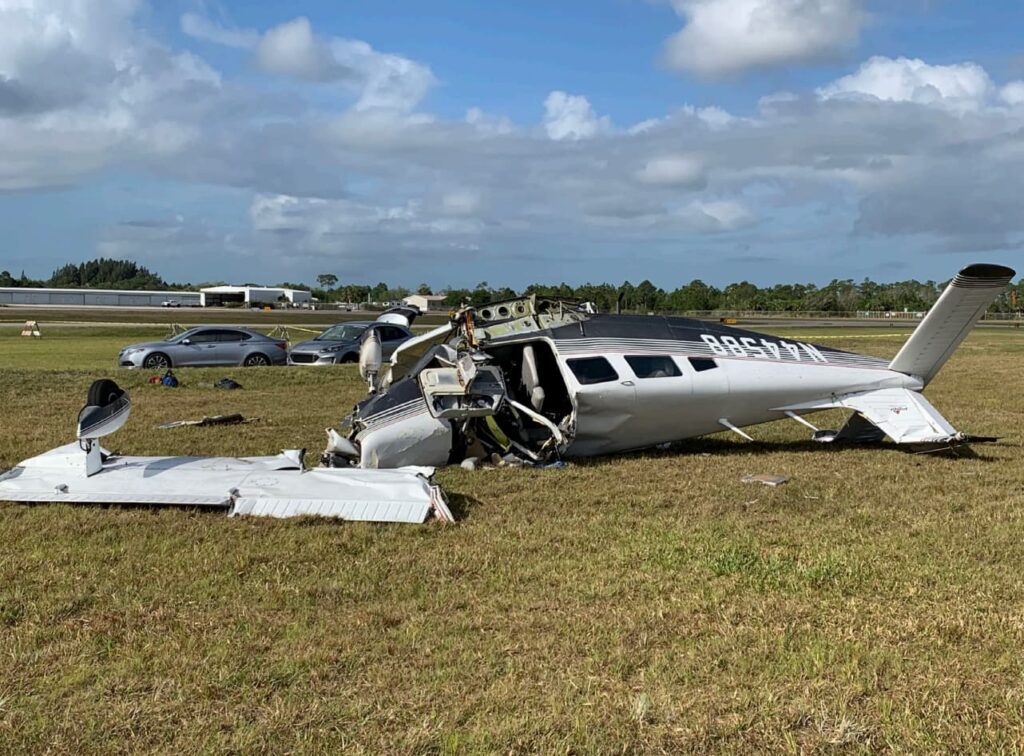
Impact and Wreckage
The wreckage told a familiar story. The path ran roughly 345° magnetic. There were 6-inch-deep symmetrical prop gouges—power was clearly on when the propeller hit dirt. The left wing separated during the sequence; both tanks held fuel—about 15 gallons each. Control continuity was established to the cabin; separated aileron cables showed overload, not pre-existing damage. The stabilator trim was near neutral to a touch nose-up. Flaps were fully extended. Engine and prop controls were found full forward.
On the engine side, investigators didn’t find anything that would keep it from making power. Both magnetos produced strong spark when hand-rotated. Spark plugs looked normal. Oil system looked clean. The engine turned freely by hand with normal compression and continuity. The electric fuel pump worked. All of that supported what the witnesses heard and what the prop marks showed: power was available and was applied during the bounce and subsequent roll.
Weather and Runway
Conditions were VMC and benign: winds about 120° at 10 knots, temperature 29°C, altimeter 30.13, visibility 10 miles, no clouds reported nearby at the observation time. Runway 10 at Sebastian is 3,199 feet long and 75 feet wide—dry asphalt the day of the accident. A straight-in VFR approach to a 3,200-foot runway is absolutely workable for a PA-32, but the margins tighten if you’re fast, slow, or not fully stabilized. With a tail slightly quartering off the left (120° wind to a 100° runway heading), any dip in airspeed near flare with full flaps out will push you closer to the stall angle of attack—especially if you start chasing a bounce.
What Investigators Found—and Didn’t
No pre-impact mechanical failure turned up. Flight controls, engine, magnetos, fuel, plugs—everything pointed away from a systems problem. The flap actuators were fully extended, and the trim was neutral to nose-up. Combined with witness accounts of a low-speed arrival, wing rocking, a nose-first touchdown, and an immediate power addition, the picture came into focus: the pilot exceeded critical angle of attack during the attempted recovery from the bounce. With full flaps out, adding power abruptly while still slow and in a high pitch attitude can torque the airplane, induce left roll (P-factor/torque), and, if you’re already close to the stall, drop a wing fast. That’s exactly what happened here.
Human Factors
Two human factors stood out for me. First, proficiency versus experience. The pilot had 606 hours, with more than 100 in this exact airplane—credible time. But in the prior year he averaged about one sortie a week, and his most recent documented flight review was in 2020. That doesn’t mean he was unsafe; it does mean we should remember how quickly landing finesse erodes when we’re not practicing go-arounds, bounced-landing recoveries, and short-field technique. Second, task saturation near the ground. A bounced landing compresses decision-making into seconds: arrest the pitch oscillation, decide to go around, manage configuration, and keep the wings level. If power comes in while the nose is still high and rudder/aileron aren’t decisive, a PA-32 can roll off smartly—left wing first—before you have the energy or altitude to fix it.
Technique Debrief
Let’s talk technique. If you touch nosewheel first in a PA-32 (or most singles), you’re already a step behind. That usually means you were too slow, too flat, or both. The right move is often the simplest: go around early. Smoothly add power, simultaneously lower the nose just enough to prevent the stall, hold right rudder to counter P-factor, and start retracting flaps to an intermediate setting once the climb is positive. The key is sequence and attitude: pitch to protect angle of attack first, then configuration and trim. What you don’t want is a big slug of power applied while the airplane is still in a high-AOA bounce with full flaps hanging and the nose drifting up. That’s a recipe for a left roll and a wing drop.
If you’re tempted to salvage the landing after a bounce, be sure you’ve got the energy to do it. A small skip with plenty of airspeed? Maybe. A nosewheel-first thump that springs you back into the air with wing wobble? That’s a go-around every day ending in “y.” We practice power-off 180s and short-field technique, but we often skip the “botched flare to disciplined go-around” reps that really pay off when you’re rusty or a little slow.
Context Matters
The straight-in itself wasn’t causal, but it’s worth noting how it can set us up. Without a full pattern you lose some built-in speed and configuration gates—abeam the numbers, base, final—that tend to reinforce a stabilized profile. On a straight-in, it’s easy to chase the path visually and end up a little slow in the last 500 feet. Layer in full flaps, a light quartering tail, and the mindset of “I’m almost home,” and the trap is set: you touch nose first, you bounce, you add power in a high pitch attitude, and the wing quits.
Medical/Toxicology
Toxicology was negative for alcohol and impairing drugs. The autopsy showed multiple blunt force injuries consistent with the sequence. The lack of impairing substances matters—it reinforces that this was an aerodynamic and decision-making event, not a medical incapacitation or substance-related scenario.
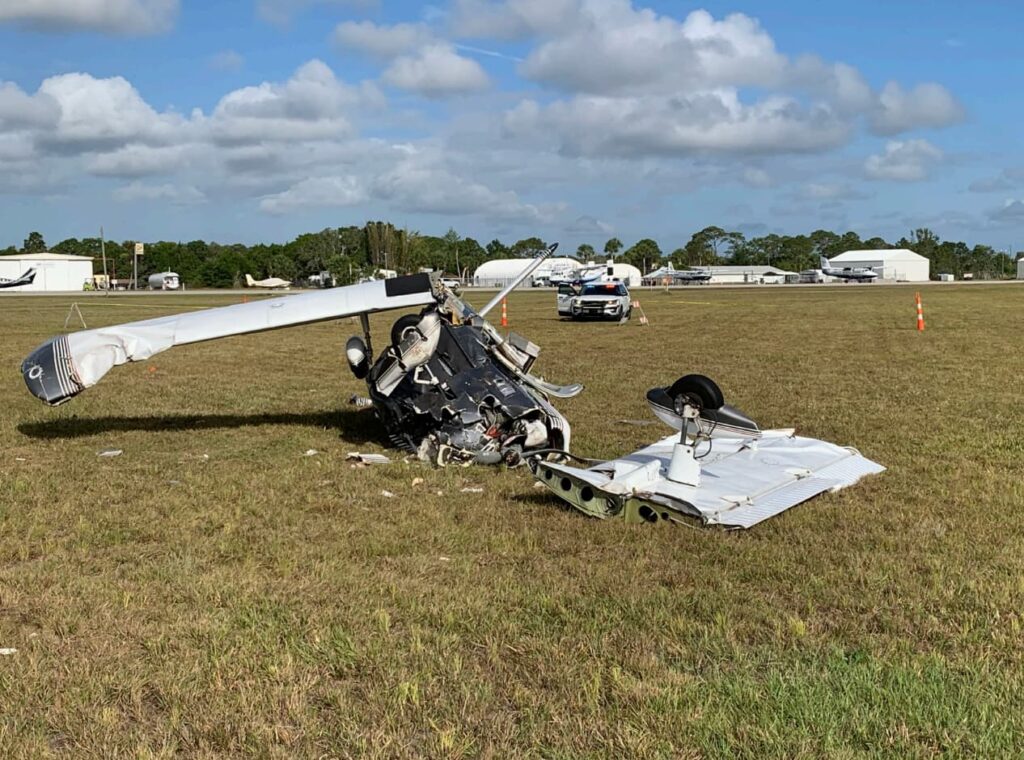
Key Takeaways
- Guard your angle of attack in the flare and especially after a bounce. If you’re slow and pitched up with full flaps, you’re inches from the break.
- Make go-around the default after a significant bounce. Power, pitch to a safe AOA, rudder to keep it straight, partial flaps once climbing.
- Rehearse bounced-landing recoveries and short-field/go-around sequences with an instructor. Skill atrophies early in the flare first.
- Straight-ins demand extra discipline. Build your own gates—airspeed, flap setting, “stable by 500 feet”—just like you would on a full pattern.
- Currency is not proficiency. A first-class medical and several hundred hours don’t replace regular, focused practice on the handful of maneuvers that save you when the day gets weird right above the runway.
In the end, the NTSB’s probable cause said it plainly: failure to maintain control during recovery from a bounced landing led to an exceedance of the critical angle of attack and an aerodynamic stall. This was a survivable-energy arrival right until the wing stopped flying. Our job is to recognize that moment earlier and choose the out that always works: go around.

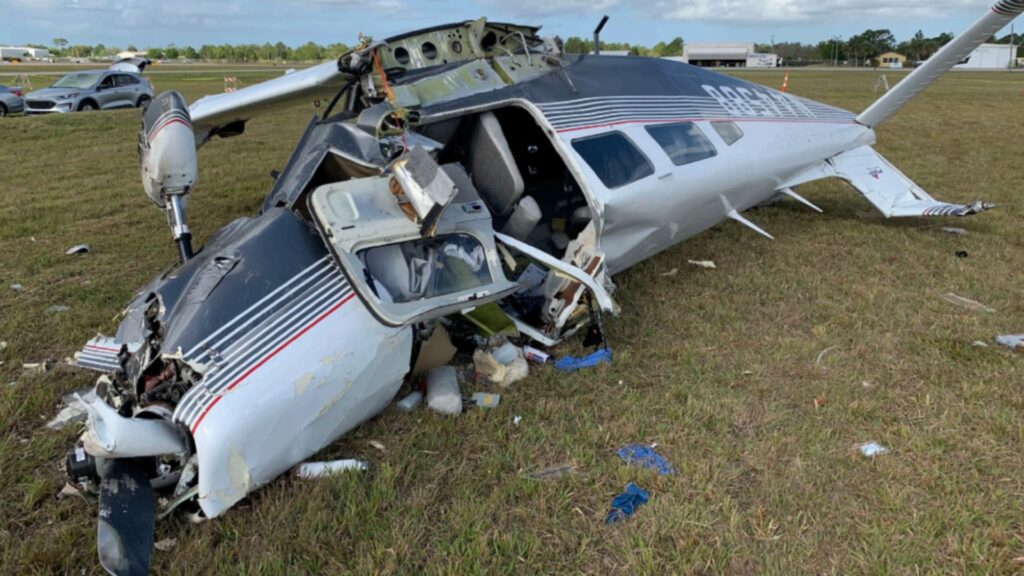



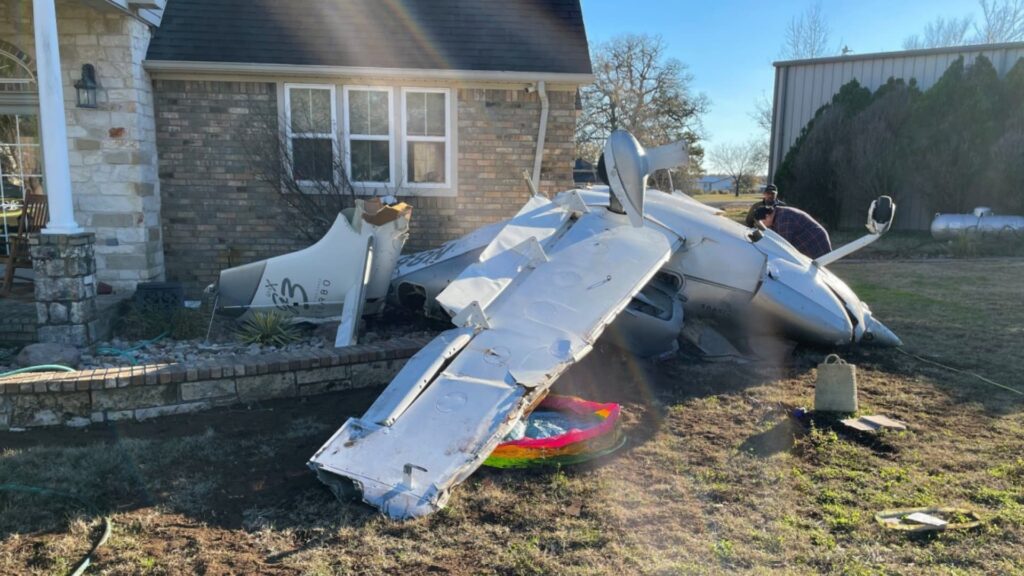
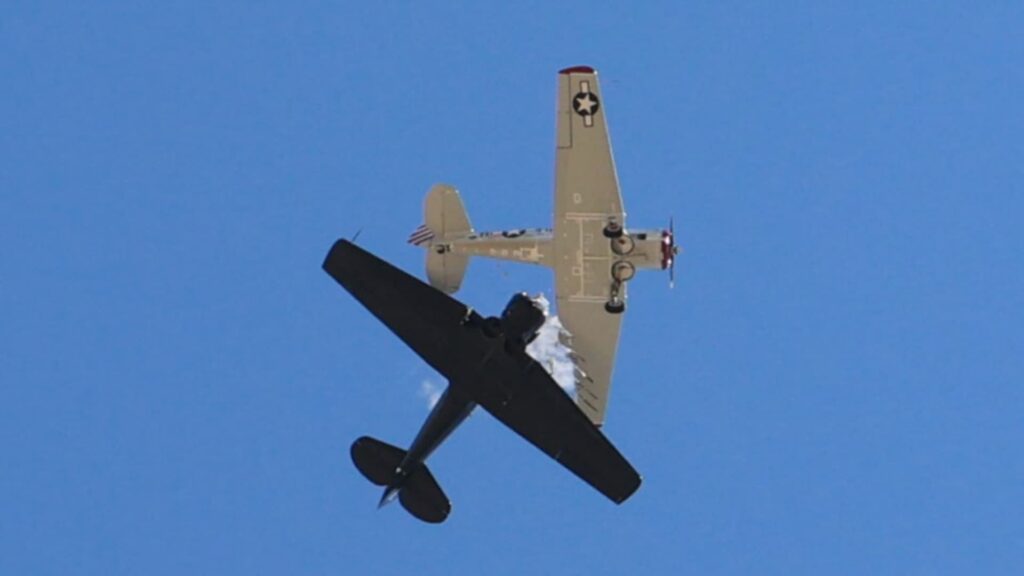
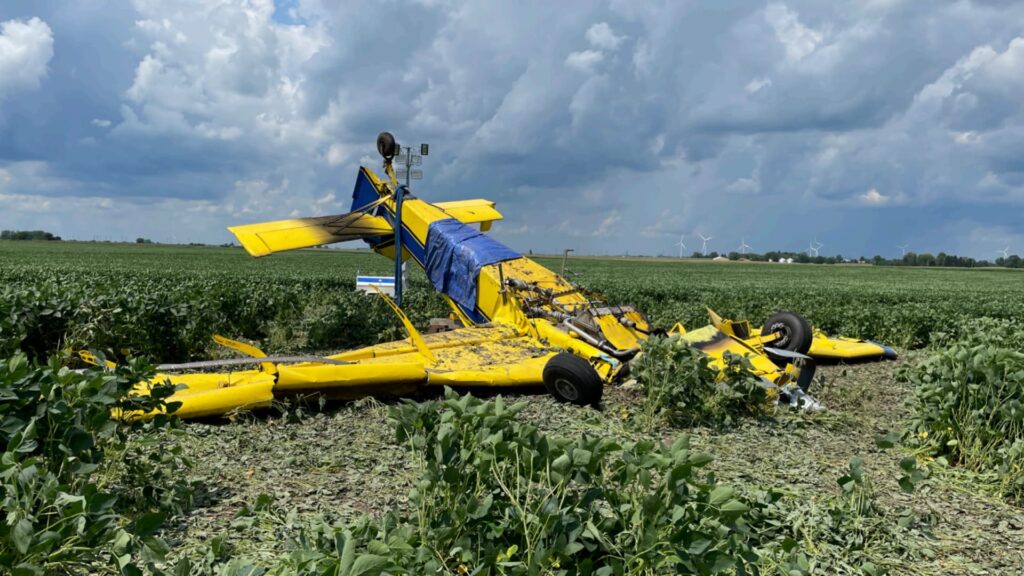

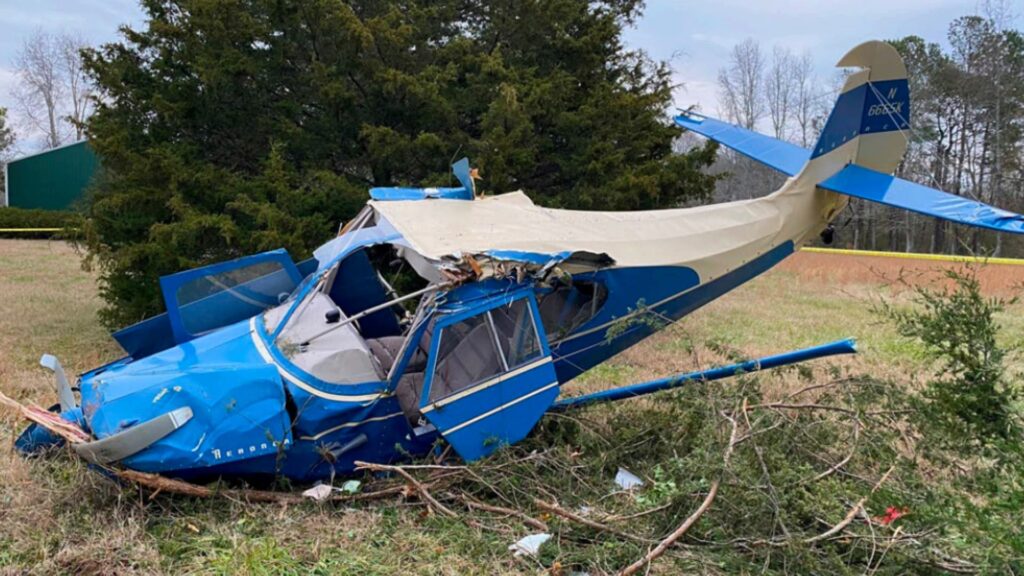

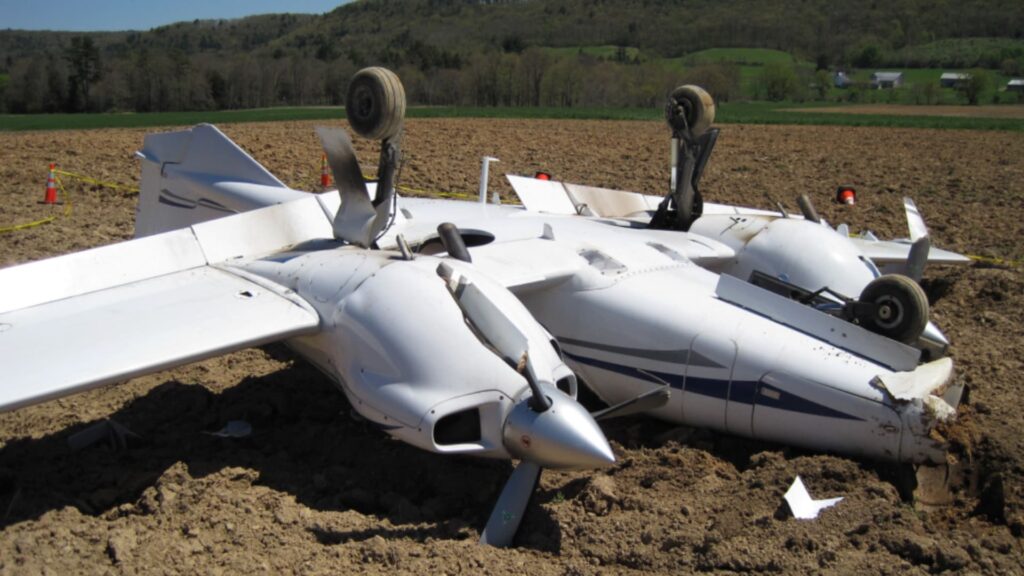
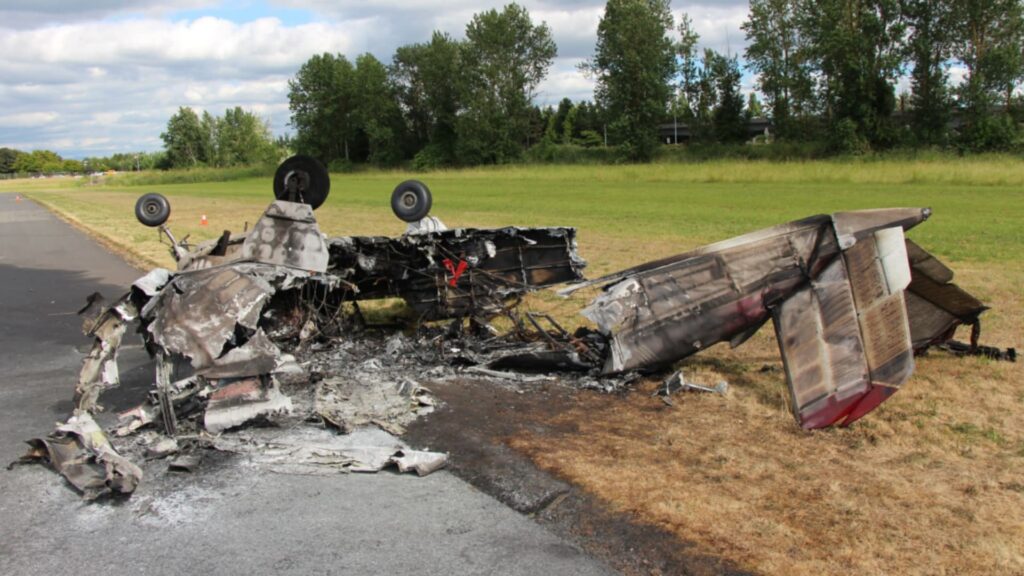
4 Comments
Sounds like he maybe learned to fly for leisure after he retired. I will say that the thought of 87-year olds flying over head is definitely disconcerting, given that reflex, response time, and cognitive processing are almost assuredly delayed. Especially with so many retirees in Florida, imagine what you see on the road elevated to 4,000 feet. While an absolute tragedy for any family, it is a blessing that there were no other casualties involved. I’m 62, and do not look forward to the day when I realize it’s time to forego driving; but no matter how great I might think I feel, I would NEVER fly solo at 87—for the sake of others.
Hmm …. maybe that’s what you think you’ll be like at 87, but I don’t think you can speak for everyone. If there really was an unsafe age for flying, the FAA wouldn’t renew licenses after it. I presume they take advice from medical professionals, so geriatricians must feel that not everyone is gaga at 87.
Maybe this is the difference; how long you’ve been flying the same way. I’m actually thinking of our longest serving organist/pianist at church. She didn’t slow down after retiring as a music teacher, she seemed to be even busier organising choir practice and all sorts. She had perfect pitch and an awesome ability on the piano. Without the music in front of her, she could play when requested, a familiar tune in a different key. As a pianist myself – and with grade 8 theory too – I know how difficult that is. She just got so familiar with music, devoted her whole life to it, that she must have built such strong connections between the relevant neurons that these fast movements and thoughts were something a person half her age with say 10 years learning just couldn’t have done. Her own mother lived until well over 100 and Sheila had to be in her 90’s at the time (I now don’t go to that church but Sheila is probably still going strong, even though her walking ability is limited). In short, if you performed a skill for 60+ years, your ability to perform it won’t stop on your 87th birthday.
Take driving. I know some terrible drivers who are quite young and some safe, good drivers in their 80’s. Where age definitely would make a difference is in the 87 year old’s ability to survive an accident.
High AOA, dirty wave offs and maneuvers in that corner of the envelope will always be problematic unless practiced. Hopefully at recovery altitudes. Tail draggers and tricycles may react the same. Early identification that I may have a problem is good Hoover advice.
first and foremost, its so sad when anyone loses their life whilst doing what they love. and thank you Hoover for your unrelenting duty to victims and families in all the aviation accidents you review and the respect you show, i’ve been in tears so many times but your gentle approach makes it easy to keep watching and learning from all the accidents that occur.
Timothy, 87 don’t matter brother, Hoover is correct IMHO, I made a go around decision during my second solo at patterns. I went full power but forgot to stage my flaps removal and achieved high AOA and narrowly avoided a stall by getting the nose over. I was very fortunate, had it been a 32 I probably would have xeroxed this tragic accident. Common threads in all the reviews on Pilot debrief is pilot rustiness and pride sadly.
Lets keep aviation the last freedom frontier of America, its a beautiful thing and nowhere else has this!! god bless the pilots family and American general aviation !!